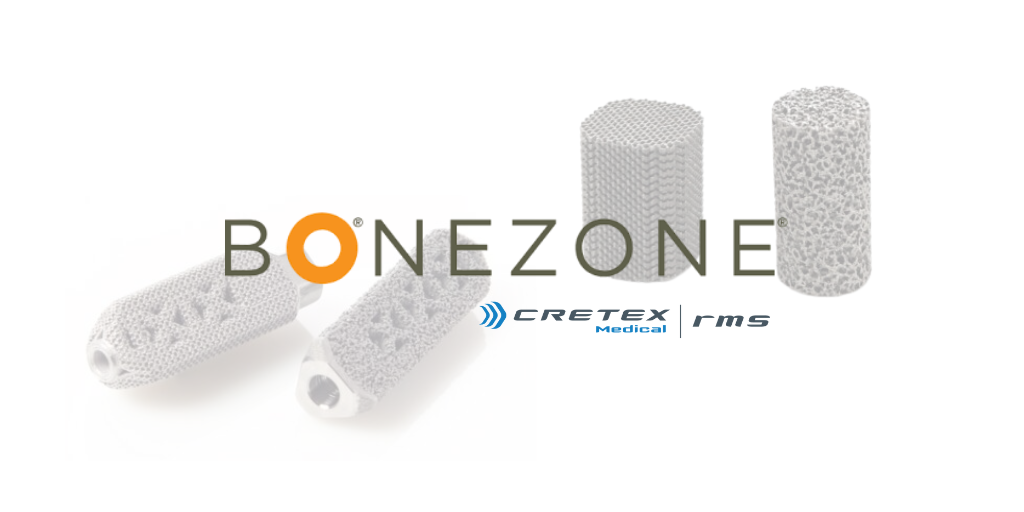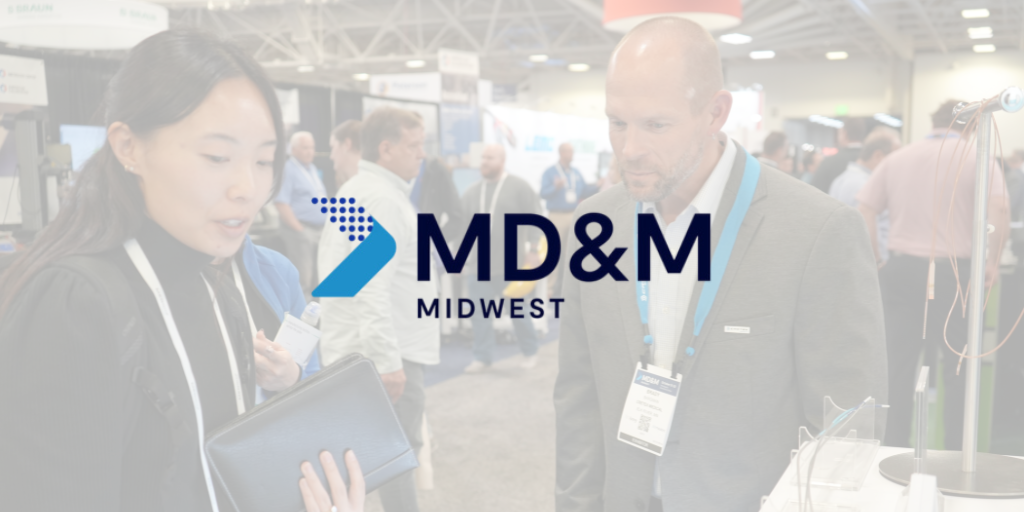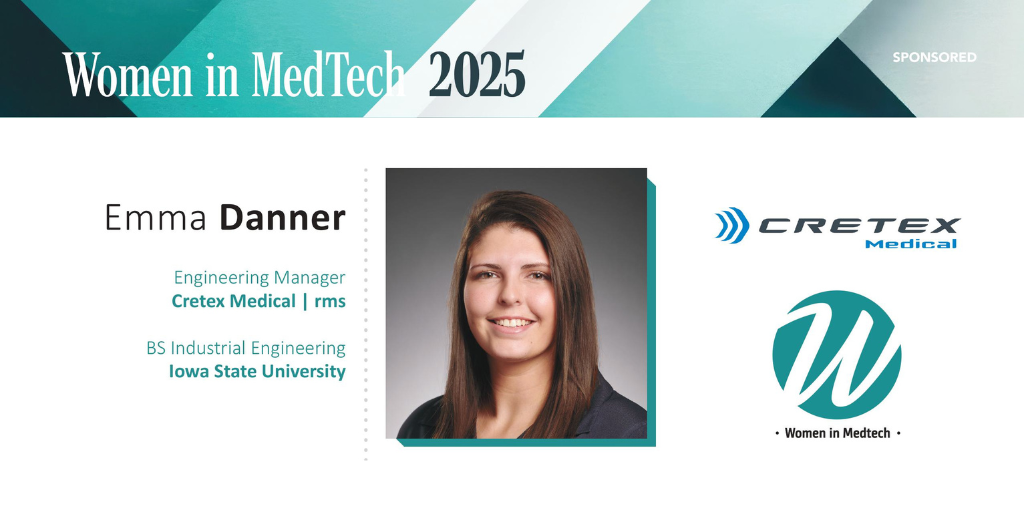Nick Morrison Featured in ODT Forum 2024
Cretex Companies COO Nick Morrison participated in the session OEM/CMO Relationship Outlook: The Impact of Consolidation.
April 24, 2024
Cretex Medical COO featured at ODT Forum 2024.
Cretex Medical recently sponsored the Orthopedic Design & Technology Forum at the University of Memphis, TN. Cretex Companies Chief Operating Officer Nick Morrison participated in the session OEM/CMO Relationship Outlook: The Impact of Consolidation. The panel brought together representatives from original equipment manufacturers (OEMs) and suppliers to discuss the impact of mergers and acquisitions, as well as other trends shaping the future of the medical device industry.
Key takeaways from the session:
- Rising interest rates have slowed the pace of M&A deals being done across the market. 2024 is therefore projected to be flat relative to 2023. Private equity investment continues to command a premium in the marketplace.
- Historically, OEMs have been most focused on quality, speed and price.
- Consolidation has driven expanded capabilities within the supply base, and a need for faster innovation. That means that quality, speed and price are table stakes.
- To stand out, supplier partners need to drive IP in their processes and products to create value and solve newer challenges.
- Companies are increasingly assessing the viability of supply chains (QMS, scalability) when evaluating OEM acquisitions.

Symposium Highlights
The ODT Forum also included several speakers and opportunities for Cretex Medical representatives to network with companies from across the field of orthopaedic technology.
Innovation Drives New Needs
Treatment advancements mean device suppliers must expand their capabilities to keep up with the market and integrate with the technological needs of the operating rooms of the future. That includes the reduction of sterilization time for instrument sets, increasing the integration of RFID tracking into stock, and improving precision measurement as the miniaturization of device requirements continues.
Ambulatory Surgery Centers (ASCs) are the Future
35% of all orthopaedic procedures are done in ASCs, and that number will only climb as more and more procedures are done outpatient. Space concerns in ASCs have created a need for a reduction of instrument sets and inventory, and less capacity to finance capital-intensive surgical instrumentation sets. That will mean increased demand for single-use instruments and/or catalog instruments. It also means rethinking the sterile packed disposable needs of operating rooms, and a shift to OEMs holding inventory that the ASCs don't have room to store.
Additive Manufacturing (AM) and Personalization
Historically, ortho has been the largest adopter of AM technology. However, there remain regulatory and speed-to-patient obstacles in this space. With increased demand for patient-matched implants, personalization is a big opportunity in the market that will require OEMs to be adaptable and find new ways to solve problems. With tissue alternatives on the horizon, this will require some significant research and development on materials.
Challenges for the European Market
Medical device regulation (MDR) in Europe continues to present unique issues. The dynamics of Brexit have introduced increased complexity to OEM market release strategies. Across the Channel, capacity and process difficulties have negatively impacted the regulatory approval pipeline in the European Union. Together, these problems pose significant risks for meeting deadlines, discouraging OEMs from investing in launching products in Europe. But as difficult as this is, OEMs will need to eventually embrace these challenges or risk losing out on the European market altogether.



